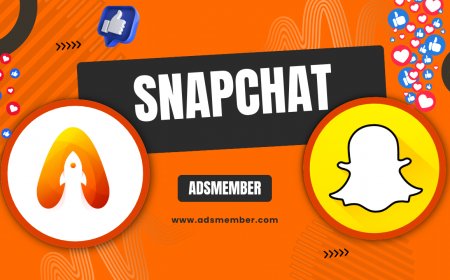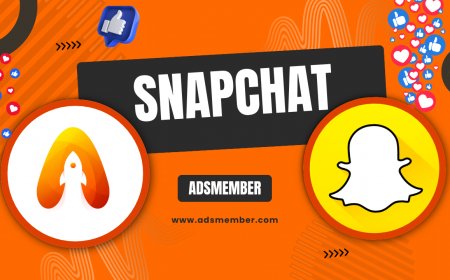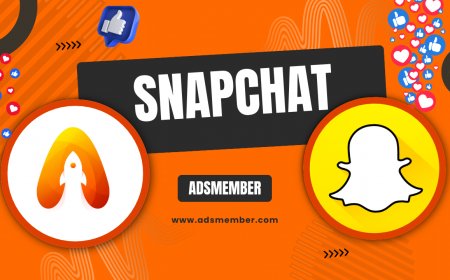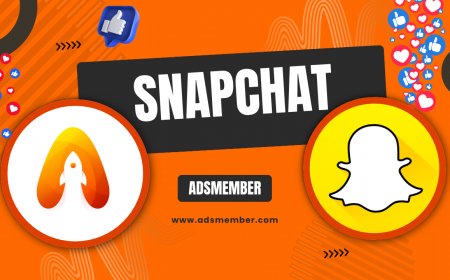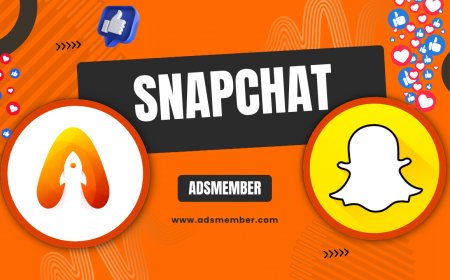What Is Snapchat Planet? Unraveling the Friendship Solar…
Discover what Snapchat Planet means in the Friendship Solar System feature. Learn how planets represent your best friends, their order, and unique tips to…
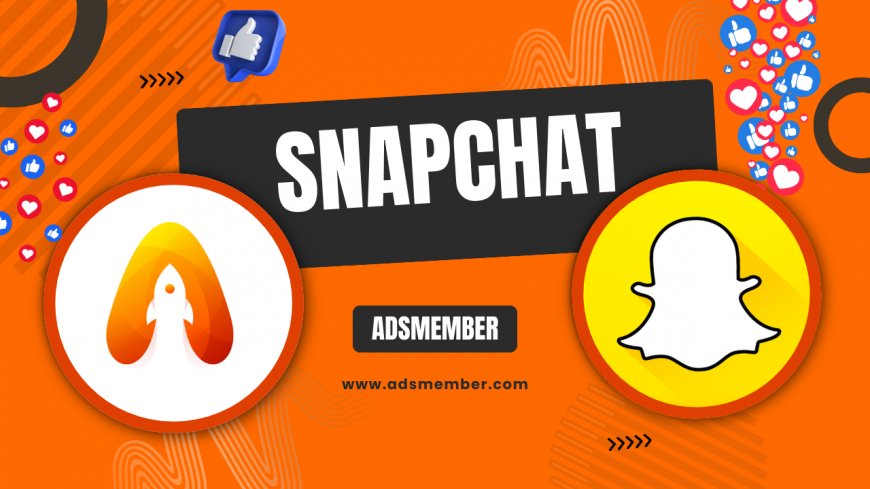
Hey there, Snapchat fans! If you’ve noticed a quirky little solar system popping up in your app lately, you’re not alone. I’m talking about the Snapchat Planet feature, part of the Friendship Solar System, and honestly, it’s one of the coolest ways Snapchat ranks your closest connections. Whether you’re a casual snapper or a daily story poster, this feature adds a fun twist to how you view your besties. In this guide, I’ll break down what Snapchat Planets are, how they work, and share some insider tips to make the most of them. Let’s dive into this cosmic friendship map!
Understanding Snapchat Planet: A Cosmic Friendship Ranking
So, what exactly is a Snapchat Planet? It’s a visual representation of your top friends on Snapchat, styled as a solar system. Introduced as part of Snapchat’s Plus subscription in 2022, this feature assigns planets to your eight closest friends based on interaction frequency. You’re the Sun, and your friends orbit around you as planets—pretty neat, right? In my opinion, it’s a playful way to see who you’re snapping with most. But there’s more to it than just cute graphics, so let’s explore the mechanics.
How Are Planets Assigned?
The assignment of planets in Snapchat’s Friendship Solar System is based on your interaction level. The friend you snap and chat with the most is Mercury (closest to the Sun—you!). The second closest is Venus, and so on, up to Neptune for your eighth best friend. According to Snapchat’s official support, this ranking updates weekly based on your activity. I’ve noticed that consistent snapping—think streaks and quick replies—really bumps someone up the list. It’s not just about quantity, though; meaningful engagement matters too.
The Snapchat Planets List: What Each Planet Means
Curious about which planet represents what level of friendship? Here’s the full Snapchat Planets list in order of closeness. Each planet reflects how tight your bond is with that friend, and honestly, seeing someone as Mercury feels like a little badge of honor. Let’s break it down so you can decode your solar system with ease.
Planet Order and Significance
- Mercury: Your #1 best friend—closest orbit, most snaps.
- Venus: Second closest friend, frequent interactions.
- Earth: Third in line, still a key connection.
- Mars: Fourth friend, regular snaps.
- Jupiter: Fifth spot, solid but less frequent.
- Saturn: Sixth friend, occasional chats.
- Uranus: Seventh in rank, casual connection.
- Neptune: Eighth friend, least interaction among top 8.
I’ve found it fascinating to see how these rankings shift. One week, a friend might be Mars, and the next, they’re Mercury if we’ve been snapping non-stop!
How to Access Snapchat Planets on Your App
Ready to check out your own Friendship Solar System? It’s super easy, but you do need a Snapchat Plus subscription to access this feature. If you’ve got that, here’s how to find your planets. Trust me, it’s worth a peek just to see who’s orbiting closest to your Sun.
Step-by-Step Guide to View Planets
- Open the Snapchat app and go to your profile.
- Tap on the ‘Snapchat+’ banner or your Bitmoji.
- Look for the ‘Best Friends’ or ‘Friend Solar System’ option.
- Tap on a friend’s name to see their planet and ranking.
One thing I’ve noticed is that not everyone knows their friends can see their planet too if they’re also Snapchat+ users. It’s a mutual feature, so keep that in mind if you’re curious about privacy.
Why Snapchat Planets Matter for Social Connections
At first glance, Snapchat Planets might seem like just a fun gimmick, but in my opinion, they’re more than that. They offer a unique way to visualize your social circle and can even motivate you to reconnect with friends who’ve drifted to outer orbits like Neptune. Plus, with over 400 million daily active users as of 2023 (Statista), features like this keep Snapchat engaging in a crowded social media space. Let’s dig into why this matters.
Boosting Engagement Through Gamification
Snapchat has always been about gamifying interaction—think streaks and charms. Planets take this up a notch by turning friendships into a cosmic game. I’ve personally found myself snapping more with friends just to see if I can get them closer to Mercury. It’s a subtle nudge to stay active, and it works! If you’re into building stronger bonds, this feature can be a fun motivator.
Unique Tips to Climb the Snapchat Planet Ranks
Want to become someone’s Mercury or move a friend up your solar system? Here are some lesser-known tips that I’ve tested myself. These go beyond just “snap more” and focus on strategic engagement. Trust me, they’ve worked wonders for my own rankings.
Engage Beyond Basic Snaps
Don’t just send random pics—make your snaps personal. Reply to stories with thoughtful messages, start group chats, or use voice notes. I’ve noticed that Snapchat seems to value diverse interactions over sheer volume. One time, I sent a friend a funny voice clip daily for a week, and boom, they jumped from Jupiter to Earth. Mix it up!
Prioritize Consistency Over Quantity
Here’s a secret: sporadic, high-volume snapping doesn’t always move the needle. Instead, aim for daily, small interactions. Even a quick “Hey, thinking of you” snap can keep the streak alive. I’ve kept friends in my top ranks just by checking in regularly. Consistency signals to Snapchat that the connection is active.
Case Study: How Planets Shifted My Snapchat Habits
Let me share a quick personal story. A few months ago, I noticed a close friend had dropped to Uranus on my solar system. It bugged me! So, I made a conscious effort to snap them daily with updates about my day. Within two weeks, they were back to Venus. This taught me that Snapchat Planets aren’t just decorative—they’re a mirror of effort. If you’ve got a friend slipping away, use this feature as a reminder to reconnect. It’s honestly pretty rewarding.
Common Myths About Snapchat Planets Debunked
There’s a lot of confusion floating around about Snapchat Planets, and I’ve seen some wild theories on forums. Let’s clear up a few myths with facts straight from my experience and Snapchat’s own documentation (Snapchat Support). You’ll be surprised how many people get this wrong.
Myth: Planets Are Based Only on Streaks
Not true! While streaks play a role, Snapchat considers all interactions—chats, story views, and replies. I’ve had friends with no streak rank higher than streak buddies just because we chat more. It’s a holistic view of your connection, which I think makes it more accurate.
FAQ: What Does Each Planet Represent on Snapchat?
Each planet in Snapchat’s Friendship Solar System represents one of your top eight friends, ranked by interaction. Mercury is your #1 best friend (most snaps and chats), while Neptune is your eighth closest. The order reflects how often and meaningfully you engage with them weekly.
FAQ: Can Non-Snapchat+ Users See Planets?
No, the Snapchat Planet feature is exclusive to Snapchat+ subscribers. If you or your friend don’t have the subscription, the solar system won’t be visible. It’s a premium perk, so you’ll need to upgrade to access it.
FAQ: How Often Do Snapchat Planets Update?
Snapchat Planets update weekly based on your interaction data. If you snap someone more frequently, their planet might shift closer to you (the Sun). Keep engaging consistently to see changes in rankings over time.
FAQ: Can I Hide My Planet Ranking From Friends?
Unfortunately, no. If both you and your friend are Snapchat+ users, they can see their planet in your solar system. There’s no privacy setting to disable this, so keep that in mind when snapping.
What's Your Reaction?
 Like
0
Like
0
 Dislike
0
Dislike
0
 Love
0
Love
0
 Funny
0
Funny
0
 Angry
0
Angry
0
 Sad
0
Sad
0
 Wow
0
Wow
0




































